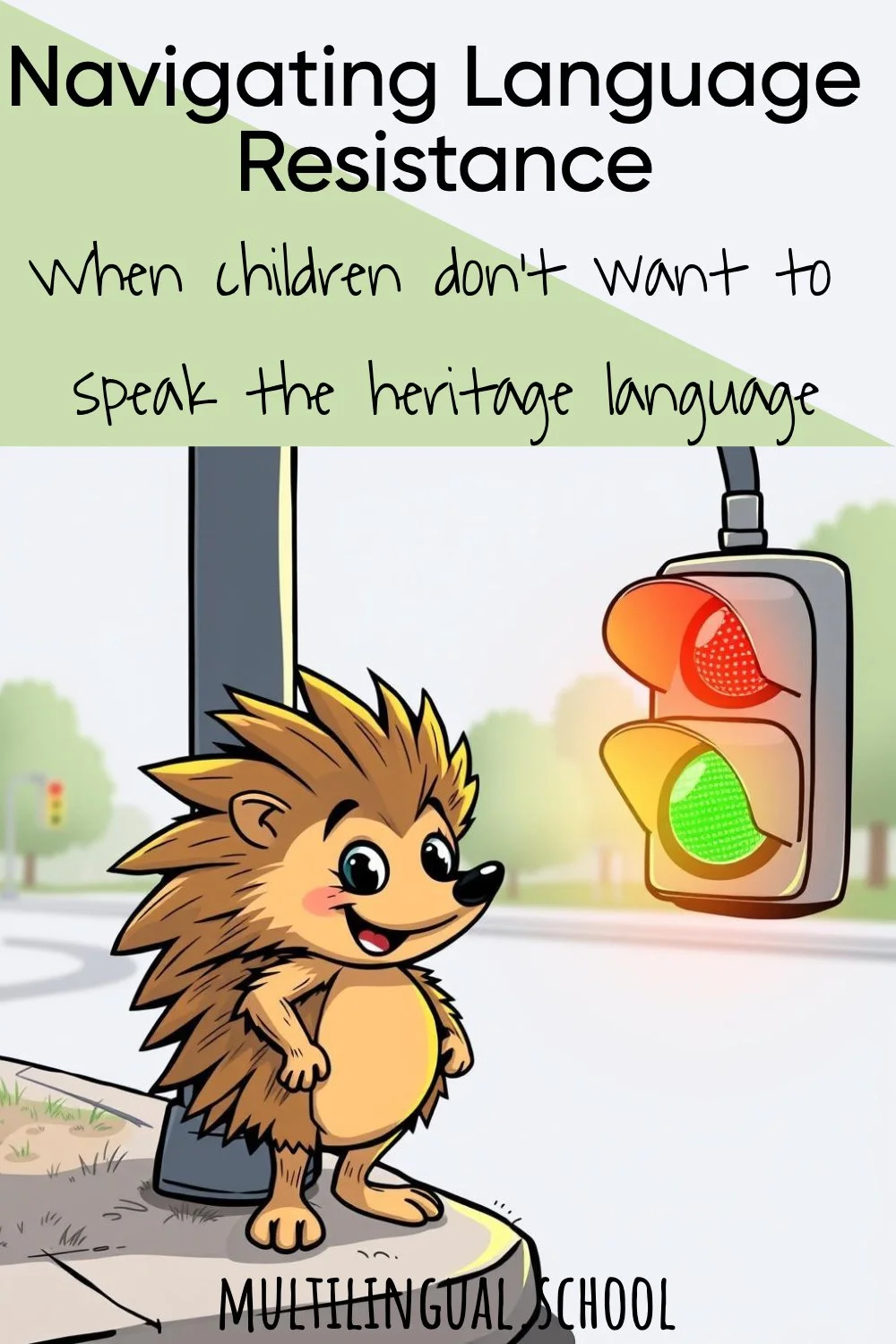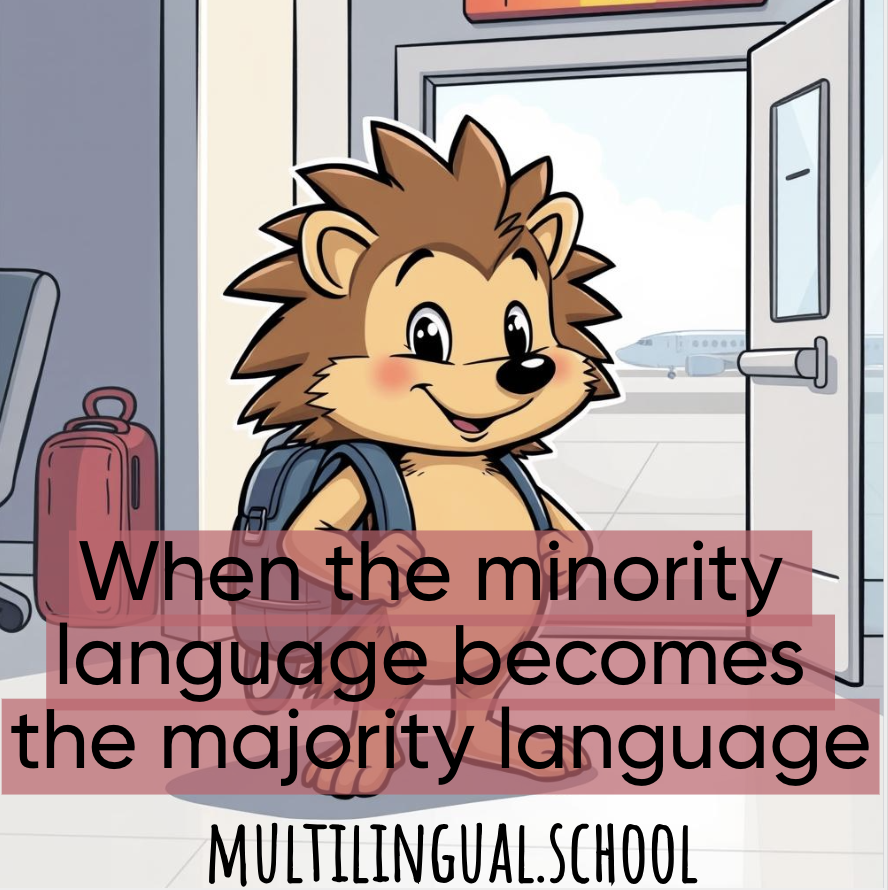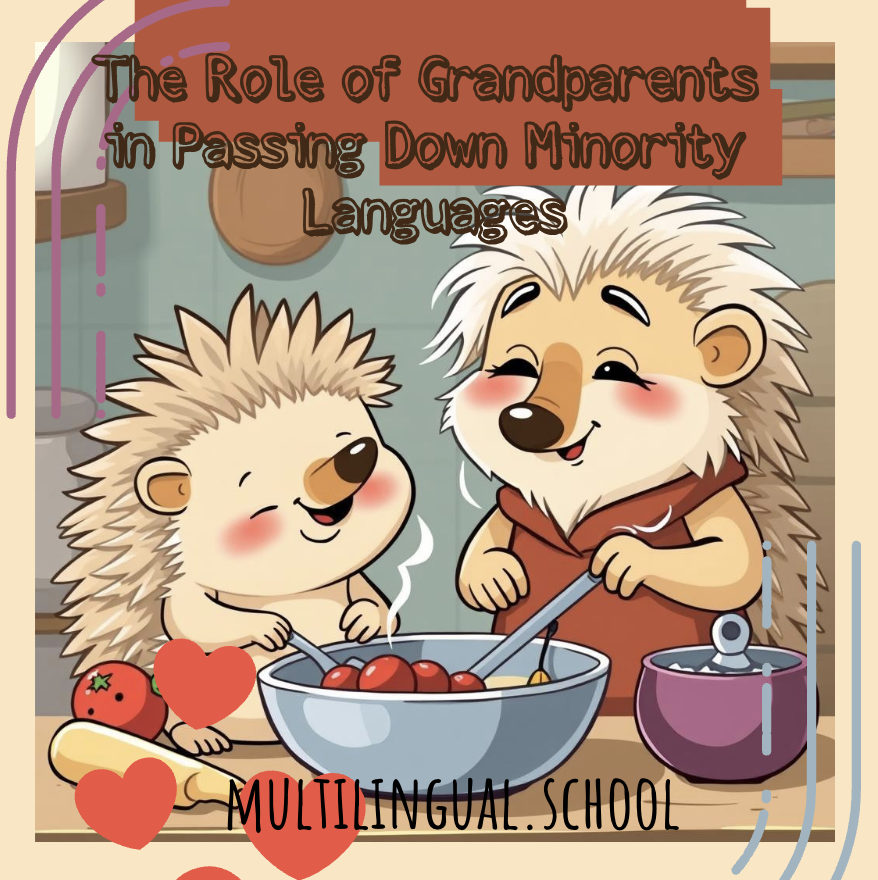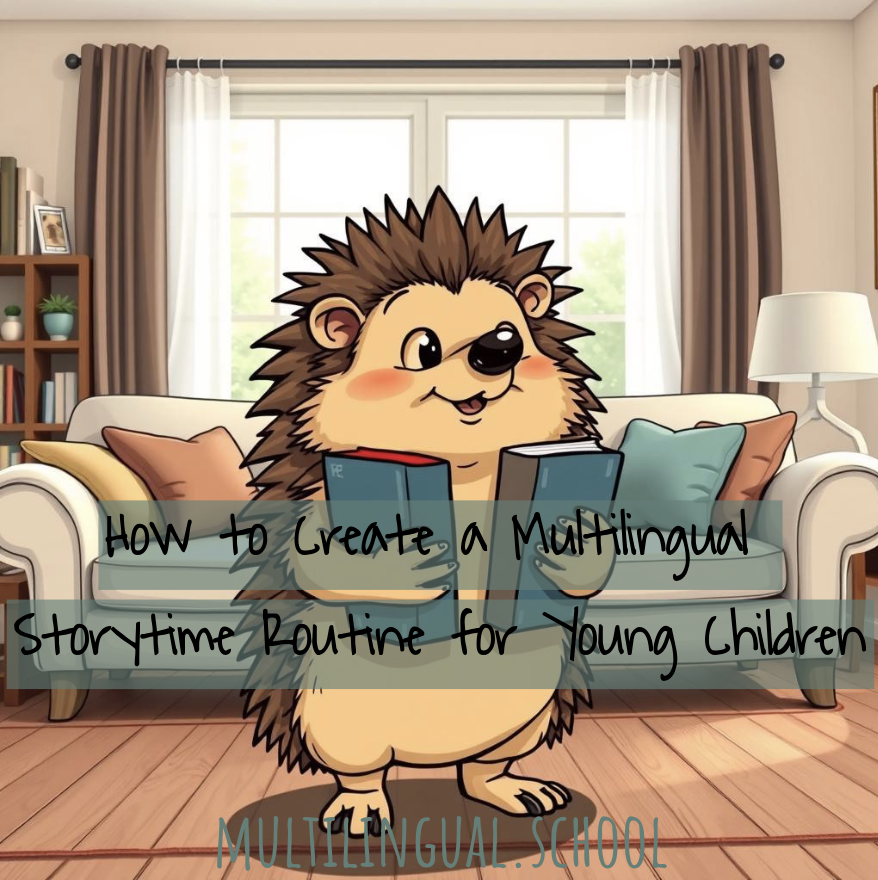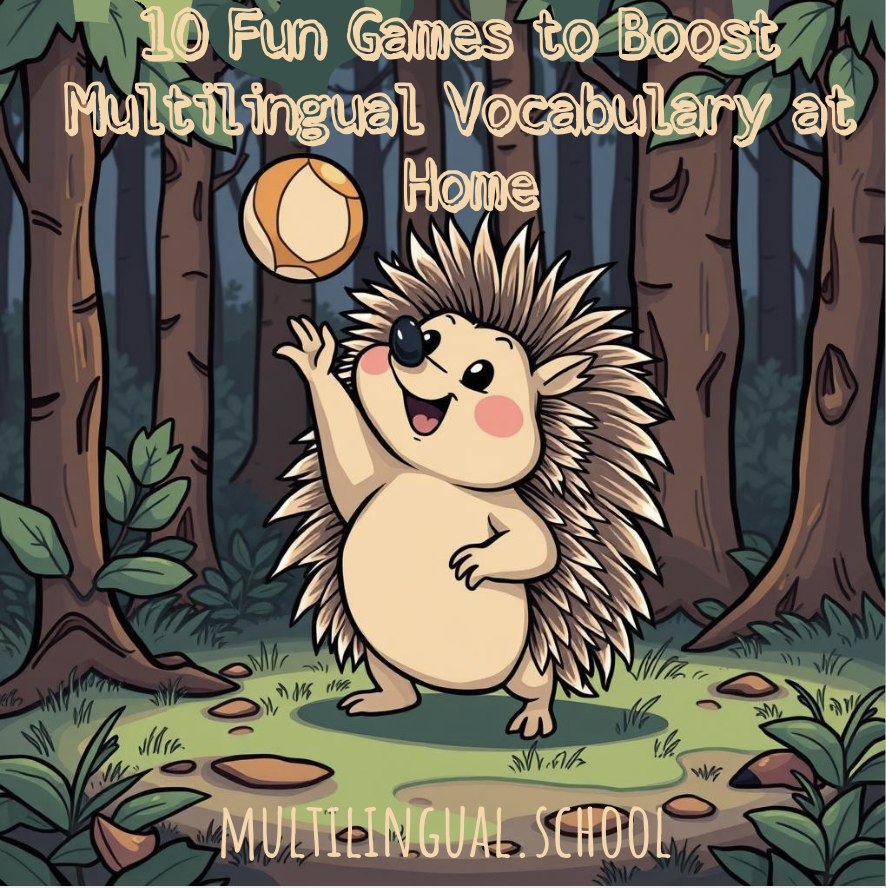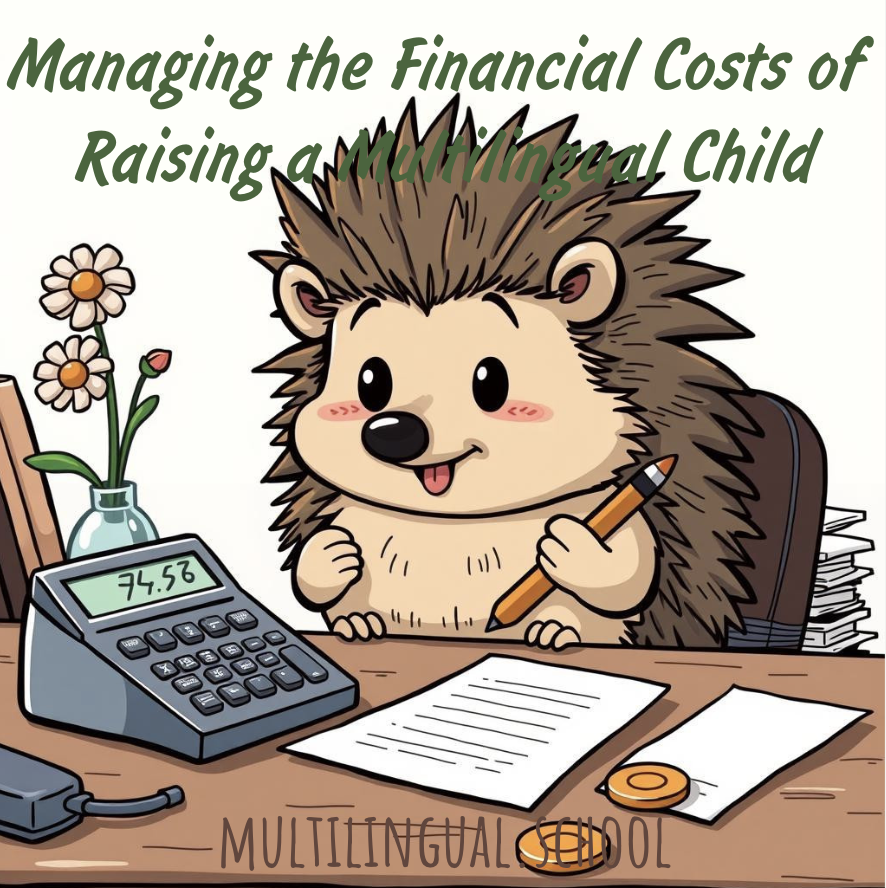Navigating Language Resistance: Encouraging Kids to Embrace Their Heritage Language
This post may contain affiliate links, which means that I may receive a commission if you make a purchase using these links. You do not pay a higher price.
Navigating Language Resistance: Encouraging Children to Embrace Their Heritage Language
Raising multilingual children is a rewarding journey, but it’s not without its bumps. One of the most common challenges for multilingual families is when kids resist speaking their heritage or minority language. Maybe your child responds in the dominant language (like English) when you speak to them in Spanish, or perhaps they shy away from using their grandparents’ native tongue. If this sounds familiar, you’re not alone! Language resistance is a natural part of the multilingual journey, and with the right strategies, you can turn it into an opportunity to foster pride and connection. Here’s how to navigate resistance and encourage your kids to embrace their heritage language with joy.
Why Do Kids Resist Their Heritage Language?
Understanding the root of language resistance is the first step to addressing it. Common reasons include:
Dominant language dominance: Kids often prefer the language they hear most at school or in their community (e.g., English in English-speaking countries).
Social pressure: Peers or societal norms may make kids feel their heritage language is “different” or less “cool.”
Lack of confidence: Children may feel shy if they’re not fluent or fear making mistakes.
Limited exposure: If the heritage language is only spoken at home, kids may not see its value in their broader world.
By recognizing these challenges, you can tailor your approach to make the heritage language a source of pride rather than frustration.
Strategies to Encourage Heritage Language Use
1. Make It Fun, Not Forced
Forcing a child to speak a language can backfire, creating resentment. Instead, weave the heritage language into activities they love:
Games: Play simple games like “I Spy” or “Simon Says” in the heritage language (e.g., “Simón dice toca tu cabeza” in Spanish).
Songs and rhymes: Sing catchy songs or nursery rhymes in the target language. Kids love repetition, and music makes words stick!
Cartoons or books: Find age-appropriate shows or books in the heritage language. For example, my friend Sofia’s kids got hooked on Portuguese by watching Peppa Pig in Portuguese! Tip: Follow their interests—whether it’s dinosaurs or princesses, find resources in the heritage language that spark excitement.
2. Create a Positive Language Environment
Show kids that their heritage language is valuable and celebrated:
Model enthusiasm: Use the language yourself with confidence and joy. Share stories about why it matters to you (e.g., “This is the language your abuela taught me!”).
Connect to culture: Share traditions, foods, or holidays tied to the language. Cooking a family recipe while naming ingredients in the heritage language (e.g., arroz or leche in Spanish) makes it meaningful.
Involve family: Encourage grandparents or relatives to speak or video-call in the heritage language, creating warm associations. Tip: Praise efforts, not perfection. Saying “Wow, you said ‘gato’ so well!” builds confidence, even if they mix languages.
3. Build Real-World Connections
Help kids see the heritage language as useful beyond the home:
Community events: Attend cultural festivals, language meetups, or library storytimes in the heritage language.
Pen pals or virtual friends: Connect with kids in other countries via safe platforms to practice the language through letters or calls.
Travel dreams: Talk about visiting the country where the language is spoken, like “Imagine ordering helado in Spanish when we visit Mexico!” Tip: If local resources are scarce, explore online communities or platforms like italki for kid-friendly language exchange.
4. Address Confidence and Mistakes
Kids may resist if they feel unsure about their skills. Help them feel safe to experiment:
Normalize mistakes: Share your own language mishaps to show it’s okay to mess up. “I once mixed up embarazada (pregnant) with avergonzada (embarrassed) in Spanish—it was so funny!”
Start small: Encourage simple phrases (e.g., “Can you say ‘agua’ when you’re thirsty?”) and gradually build up.
Celebrate progress: Use a sticker chart or small rewards for trying the language, like a treat after a week of effort. Tip: Avoid correcting every mistake. Instead, repeat the correct word naturally in conversation.
5. Integrate the Language into Daily Routines
Make the heritage language a natural part of life:
Label objects: Place sticky notes with words like mesa (table) or puerta (door) around the house.
Daily phrases: Use the language for routines, like saying “¡Hora de comer!” (Time to eat!) or bedtime greetings.
Storytime: Read bedtime stories in the heritage language to create positive associations. Tip: Keep sessions short (5–10 minutes) for young kids to avoid overwhelm.
Overcoming Common Challenges
“They only respond in the dominant language!”: Gently rephrase their response in the heritage language (e.g., if they say “water,” respond, “Oh, you want agua?”). Be patient—it takes time.
“They say it’s not cool.”: Highlight role models who speak the language, like athletes, musicians, or characters they admire.
“We don’t have enough time.”: Even 10 minutes a day counts. Try short bursts, like singing a song during a car ride or labeling toys during playtime.
A Journey Worth Taking
Helping your child embrace their heritage language is about more than words—it’s about connecting them to their roots, family, and identity. It won’t always be easy, but every small step builds a foundation for lifelong multilingualism. As my friend Anika, raising her kids with Hindi in Australia, shared, “Once we started playing games and sharing family stories in Hindi, my daughter began asking for words herself. It’s like she found a piece of her heart.”
Ready to make your heritage language a joyful part of your child’s life? Try one of these strategies this week and share your experience with us in the comments or on social media. What works for your family? We’d love to hear your story!

